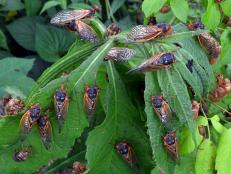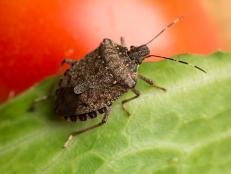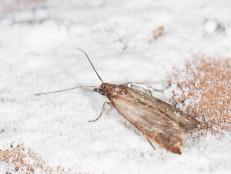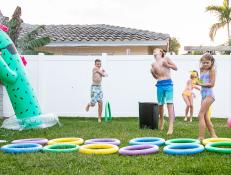The Good, the Bad and the Buggy

By Nzong Xiong
Fresno Bee
People often remember the bad and forget the good, and that's especially true about insects.
When you picture bugs, the nasty pests usually come to mind first. Aphids, mealybugs and spider mites can cause lots of damage to beautiful flowers, tasty vegetables or growing trees. But lurking among these insects are the good guys who prey upon them.
"You don't see the beneficials," says Brandt Kehoe, a 71-year-old retired professor and associate provost at California State University, Fresno. "But they're around. If you feed them, they will come."
Not all creepy critters are bad for your garden. A number of them will take care of many garden pest problems. All you have to do is learn to cultivate an inviting atmosphere for all these good insects.
There are many beneficial bugs, but the one that people may be most familiar with is the ladybug, also known as the ladybird beetle. Orangish-red with tiny black dots on its back when mature, this bug and its larvae like to devour aphids.
"I get so excited when I see my first ladybug," says Anne Jackson, a 64-year-old master gardener from Clovis, Calif., who advocates the use of beneficial bugs in gardens for pest management. "It's another good guy doing the work for you."
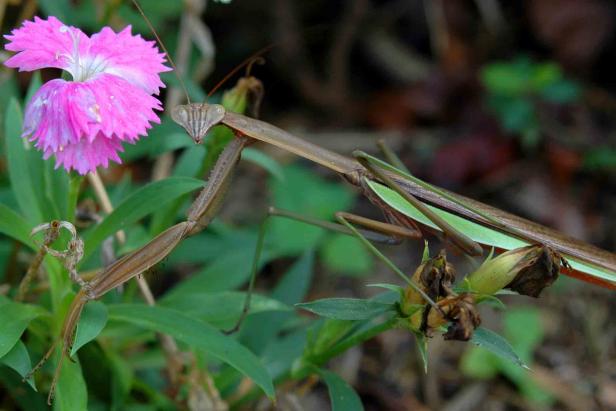
Praying mantids may look creepy with their long bodies and legs, but they love feeding on a variety of insects too.
Lacewings also are good for gardens. They have lace wings that are sometimes green, sometimes brown, and gold eyes. Their larvae are grayish brown with sharp, curved jaws that extend beyond their heads. According to a Cornell University Cooperative Extension fact sheet, the larvae can eat 100 or more aphids, scales, mealybugs, thrips, mites and insect eggs in a day.
Dragonflies like to dart around near pools of water and catch mosquitoes and other flies for meals. Syrphid flies, on the other hand, may look like wasps and bees, but they don't sting. Their larvae like to eat aphids and young termites, ants and bees. Creating an inviting world for these useful bugs means eliminating or limiting insecticide use, Jackson says. When you use insecticide, you hurt both bad and good insects.
"Aphids (are one kind of pest) people often complain about," she says. "But if you use insecticide, you knock out the beneficials, too."
And having a few pests around is necessary. "You need to have some bad bugs to attract the good ones," she says.
As the weather begins to warm and plants begin to bloom, that's when aphids and other bugs become problems, says Vicki Baltierra, manager of Spino's Nursery in Fresno, Calif. "You'll see them (aphids) on the roses where they're just budding out. They're a sucking insect, so they'll suck the juice out of a plant."
If you find yourself with an aphid infestation, you can use chemical sprays to try and control the problem. However, avoid using a broad-spectrum insecticide that can kill good and bad bugs alike, Jackson says. Instead, buy sprays that target your pest.
"If you have aphids, you can hose them off," Kehoe suggests as an alternative. "You can also spray them with a soap solution. It doesn't need to be very strong."
A spray bottle with water and a few drops of dish soap should be enough, he says. "That will kill beneficials to some degree, but it doesn't last long. ... They will return and do their work."
The other quick solution is to get yourself some good insects. Local nurseries and garden centers sell ladybugs and other beneficials, usually during the spring.
"People are already asking," says Baltierra, who sells a plastic container of about 1,000 to 1,500 ladybugs or a praying mantid egg for $6.99.







